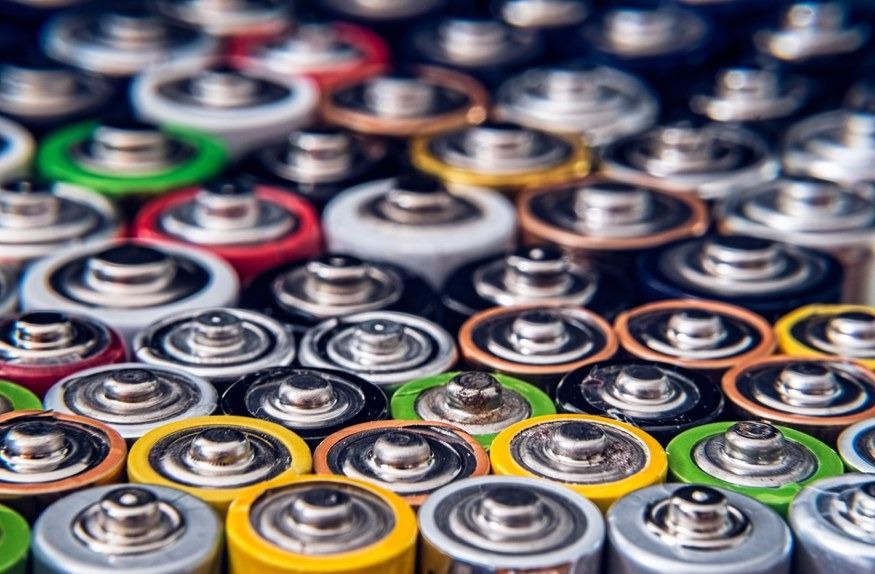Reviewed by Alex SmithNov 26 2021
Cost-cutting advances are ongoing in the electric power industry. This could offer electricity superiority over fossil-based combustion fuels in the energy supply of the world by mid-century.
 Electricity is stepping up (Image Credit: Roberto Sorin via Unsplash).
Electricity is stepping up (Image Credit: Roberto Sorin via Unsplash).
When combined with the international carbon price, these advances can bring about emission reductions to attain the Paris climate targets, while decreasing the need for controversial negative emissions, new research finds.
Today, 80 percent of all energy demands for industry, mobility, or heating buildings is met by burning – mostly fossil – fuels directly, and only 20 percent by electricity. Our research finds that relation can be pretty much reversed by 2050, making the easy-to-decarbonise electricity the mainstay of global energy supply.
Gunnar Luderer, Study Author and Researcher, Potsdam Institute for Climate Impact Research
Luderer is also a professor of Global Energy Systems Analysis at the Technical University of Berlin.
“For the longest time, fossil fuels were cheap and accessible, whilst electricity was the precious and pricier source of energy. Renewable electricity generation – especially from solar photovoltaics – has become cheaper at breath-taking speed, a pace that most computer simulations have so far underestimated,” Luderer explains.
Over the last decade alone prices for solar electricity fell by 80%, and further cost reductions are expected in the future. This development has the potential to fundamentally revolutionize energy systems. Our computer simulations show that together with global carbon pricing, green electricity can become the cheapest form of energy by 2050, and supply up to three quarters of all demand.
Gunnar Luderer, Study Author and Researcher, Potsdam Institute for Climate Impact Research
“You can electrify more end-uses than you think”: Cars, Heating, Steel Production
The reasons pertain mostly to the innovative technological progress in wind and solar power generation, but also in the end applications of electric energy. Costs per kilowatt hour of solar or wind power are sharply dropping while battery technology, for example, in cars is getting better at great speed.
Heat pumps consume less energy per unit of heat output compared to any type of boiler and are becoming progressively competitive in buildings as well as in industrial applications.
You can electrify more end-uses than you think and for those cases actually reduce the energy consumption compared to current levels.
Silvia Madeddu, Study Co-Author and Researcher, Potsdam Institute for Climate Impact Research
“Take steel production: Electrifying the melting of recycled steel, the so called secondary steel, reduces the total process energy required and lowers the carbon intensity per tonne of steel produced,” says Madeddu. “All in all, we find that more than half of all energy demand from industry can be electrified by 2050.”
However, a few hurdles to electrification still remain, the scientists highlight. Sluggish in the race to decarbonization are shipping, long-haul aviation, and chemical feedstocks, i.e., fossil fuels employed as raw materials in chemical manufacture.
Limiting the Reliance on Negative Emissions
The scale of technological advancement holds massive opportunities for countries and for investors to benefit. But, not every technology has a successful story so far.
“In this study, we constrained the reliance on technologies which aim at taking carbon out of the atmosphere, simply because they have proven to be more difficult to scale than previously anticipated: Carbon Capture and Storage has not seen the sharp fall in costs that, say, solar power has. Biomass, in turn, crucially competes with food production for land use,” Luderer expresses.
“Interestingly, we found that the accelerated electrification of energy demands can more than compensate for a shortfall of biomass and CCS, still keeping the 1.5°C goal within reach while reducing land requirements for energy crops by two-thirds.”
Age of electricity will come – but global climate policy must hasten it to match climate goals.
“The era of electricity will come either way. But only sweeping regulation of fossil fuels across sectors and world regions – most importantly some form of carbon pricing – can ensure it happens in due time to reach 1.5 degrees,” Luderer says.
Certainly, the simulations reveal that even if no climate policy is legislated, electricity will double in share through the course of the century.
Yet so as to meet the stipulations of the Paris Agreement of controlling global warming to below two degrees, critical and global political coordination is essential: pricing carbon, expanding grid infrastructure, removing levies on electricity, and redesigning electricity markets to recompense storage and flexible demands.
Here, hydrogen will be a decisive chain link, as it can flexibly turn renewable energy into green fuels for industries that cannot be electrified straightaway.
“If these elements come together, the prospects of a renewables-based green energy future look truly electrifying,” says Luderer.
Journal Reference:
Luderer, G., et al. (2021) Accelerated electrification based on cheap renewables facilitates reaching Paris Climate targets. Nature Energy. doi.org/10.1038/s41560-021-00937-z.